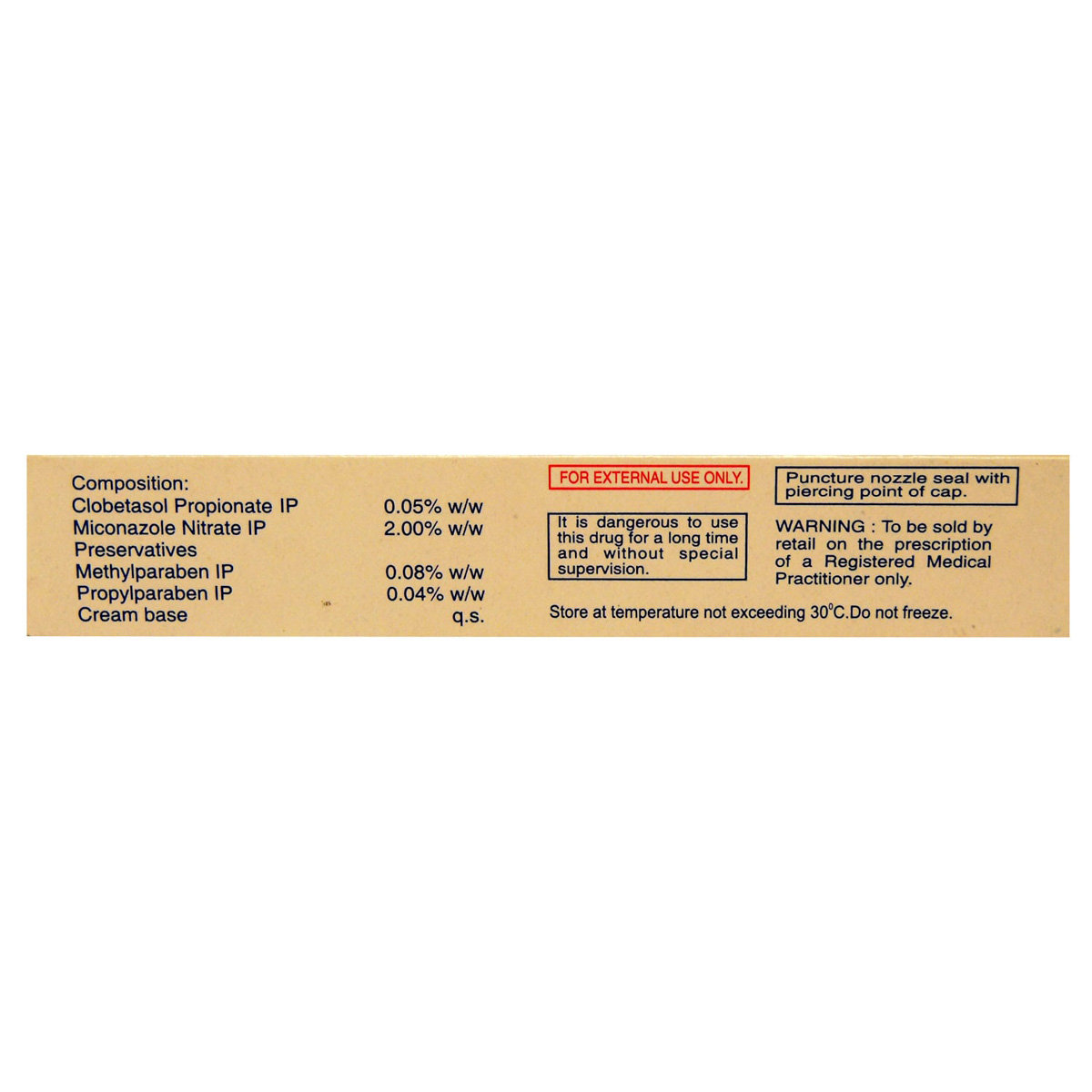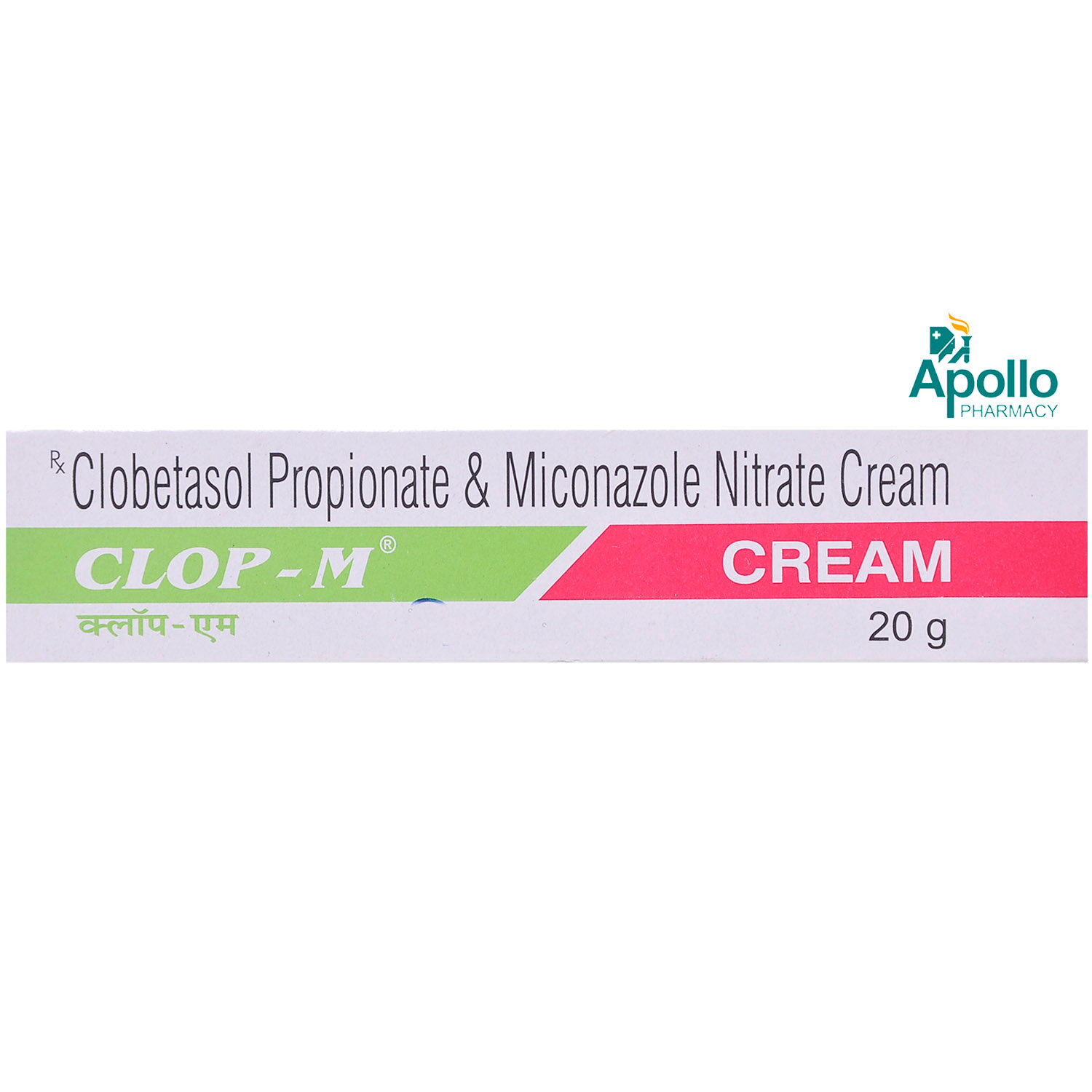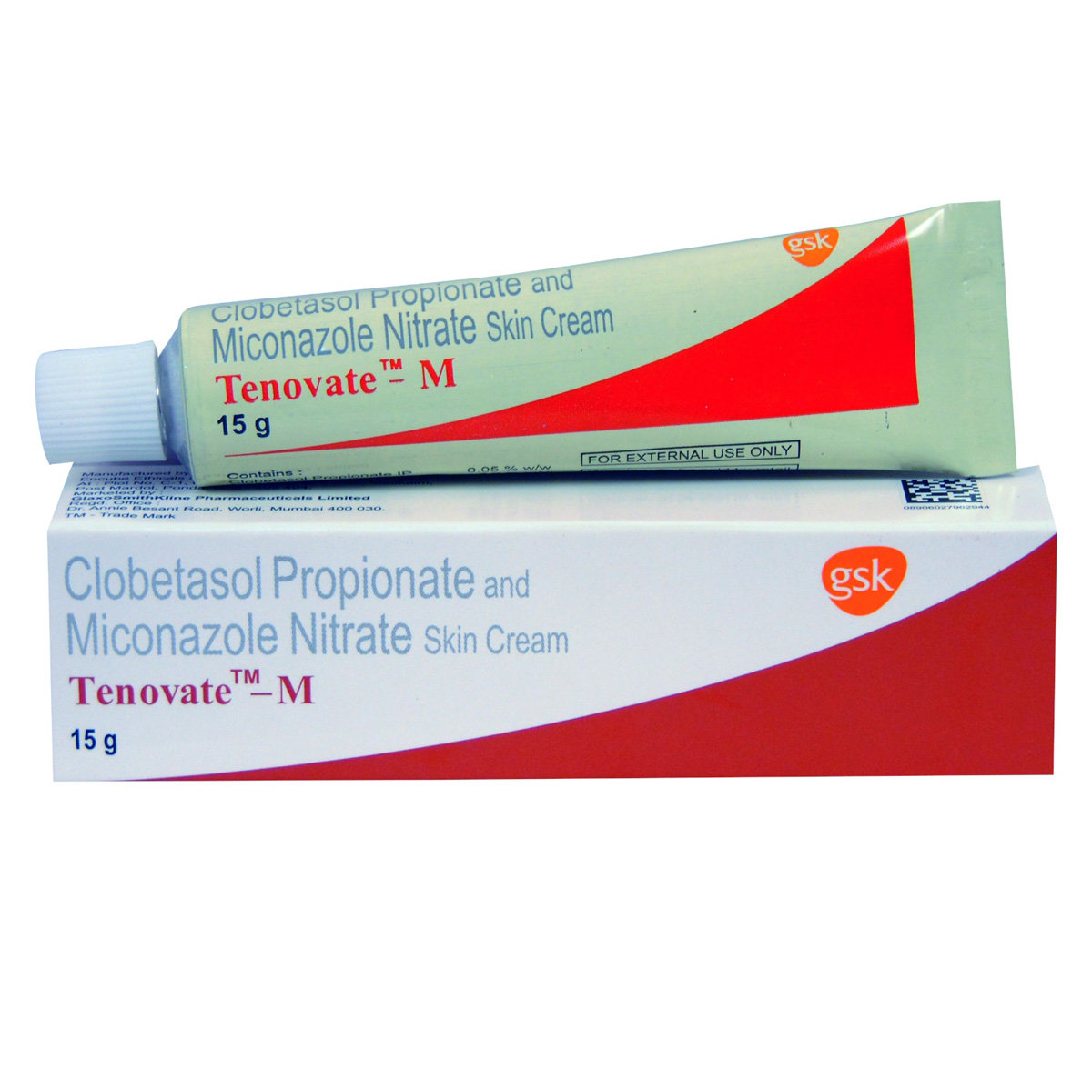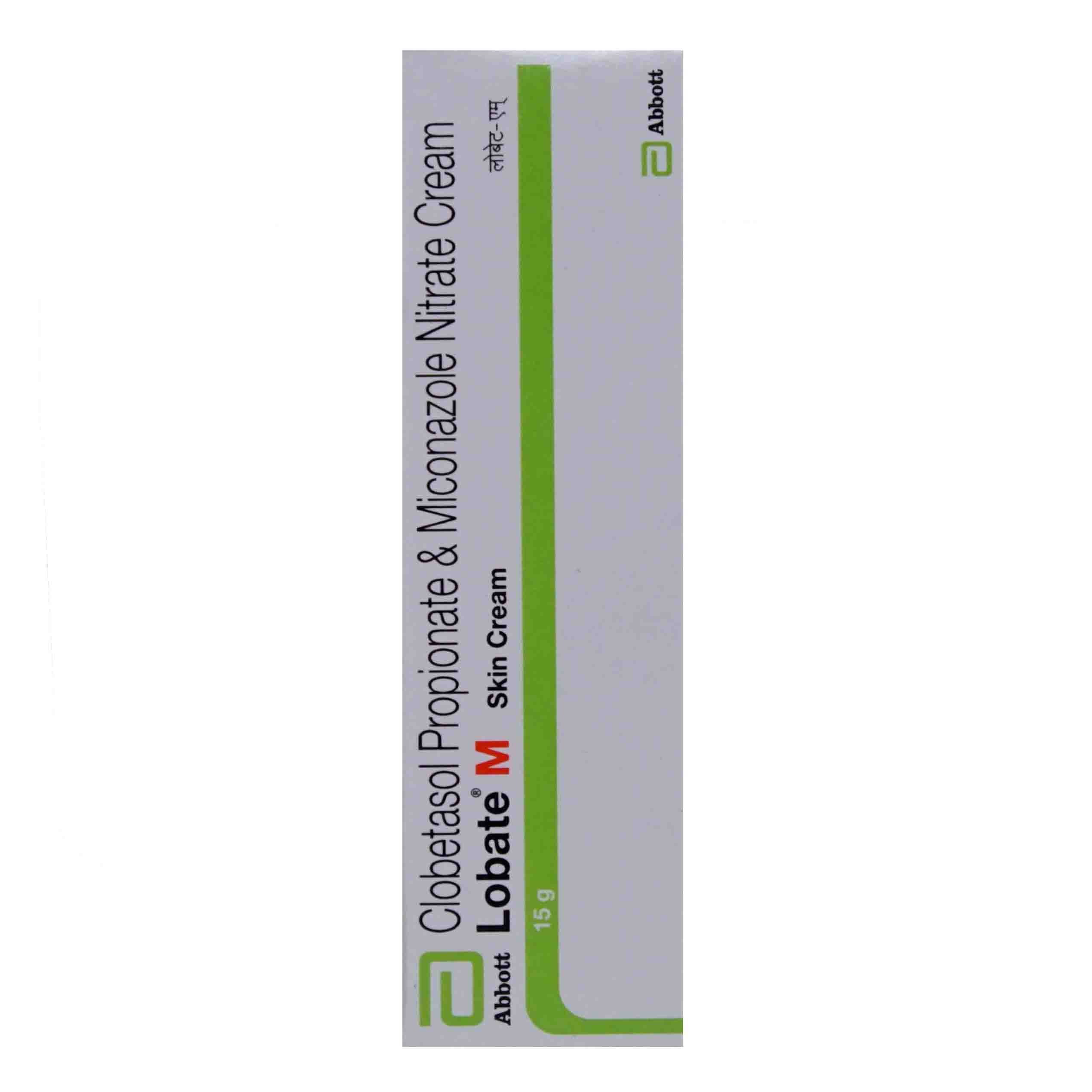- Home
- Mizoc Cream
Mizoc Cream Substitute
Mizoc Cream Substitute
Medicine Composition:
CLOBETASOL-0.05%W/W + MICONAZOLE-2%W/WAll Substitutes & Brand Comparisons
RX
Out of StockClotof M Cream
Osmed Formulations Pvt Ltd
₹274.8
(₹2.06/ 1gm)
29% CHEAPERRX
Out of StockClotop M Cream
₹85
(₹2.55/ 1gm)
12% CHEAPERRX
Out of StockClocin M Cream
Catholicon Pharmaceutical Pvt Ltd
₹80
(₹3.6/ 1gm)
23% COSTLIERRX
Out of StockExcel-M Cream 15 gm
Sun Pharmaceutical Industries Ltd
₹63
(₹3.78/ 1gm)
29% COSTLIERRX
Clobiderm-M Cream 30 gm
Gary Pharmaceuticals Pvt Ltd
₹131
(₹3.93/ 1gm)
34% COSTLIERRX
Out of StockClo gm Cream
Flagship Biotech International Pvt Ltd
₹73
(₹4.38/ 1gm)
50% COSTLIERRX
Viclob M Cream 15 gm
₹76.5
(₹4.59/ 1gm)
57% COSTLIERRX
Out of StockClobesten MN Cream
Stensa Life Sciences
₹55
(₹4.95/ 1gm)
69% COSTLIERRX
Topzee-M Cream 15 gm
Atopic laboratories Pvt Ltd
₹90.5
(₹5.43/ 1gm)
85% COSTLIERRX
Topisone M Cream 15 gm
Dermocare Laboratories Gujarat Llp
₹92.5
(₹5.55/ 1gm)
90% COSTLIERRX
Out of StockConed-M Cream 20 gm
Nedicure Pharmaceuticals
₹120
(₹6.0/ 1gm)
105% COSTLIERRX
Exel M Skin Cream 16 gm
Sun Pharmaceutical Industries Ltd
₹119
(₹6.69/ 1gm)
129% COSTLIERRX
Clop-M Cream 20 gm
Zydus Healthcare Ltd
₹171.5
(₹7.72/ 1gm)
164% COSTLIERRX
Tenovate-M Cream 15 gm
GlaxoSmithKline Pharmaceuticals Ltd
₹136.5
(₹8.19/ 1gm)
180% COSTLIERRX
Lobate M Skin Cream 15 gm
Abbott India Ltd
₹150.5
(₹9.03/ 1gm)
209% COSTLIER

When Should You Consider Switching from Mizoc Cream?
Patients may explore substitutes in the following scenarios:
- High monthly cost of Mizoc Cream
- Non-availability in local pharmacies
- Generic recommendation by a doctor
- Side effects or better tolerability with alternatives
What to Know Before Switching
Before you switch from Mizoc Cream to another medicine, here are some important points to keep in mind:
Same salt, different brands:
Most substitutes contain the same active ingredient - CLOBETASOL-0.05%W/W + MICONAZOLE-2%W/W, but the fillers, coating, or manufacturing quality may vary slightly.
Consult your doctor first:
Even if the salt is the same, your doctor can confirm if the substitute is right for your condition, dosage, and health history.
Watch out for allergies or reactions:
Some people may react differently to certain brands due to inactive ingredients. If you notice any side effects, inform your doctor immediately.
Price ≠ effectiveness:
A lower-priced substitute doesn't mean it's less effective. Many generic medicines work just as well as branded ones.
Check the dosage form and strength:
Always match the substitute’s strength (e.g., 5mg, 10mg) and form (tablet, capsule, syrup) with what your doctor prescribed.
Uses
Mizoc Cream used in the treatment of fungal Skin infections. The detailed uses of Mizoc Cream are as follows:
- Treatment of Fungal Infections: Mizoc Cream effectively treats fungal skin infections, such as ringworm, athlete's foot, and jock itch.
- Antifungal Action: Mizoc Cream inhibits the growth of fungi, providing relief from fungal skin infections.
- Anti-Inflammatory Action: Mizoc Cream reduces inflammation, itching, redness, and swelling associated with fungal infections.
Medicinal Benefits
Mizoc Cream is a combination of two drugs, namely Clobetasol and Miconazole. Mizoc Cream is used to reduce swelling, itching, and redness caused due to fungal skin infections. Clobetasol is a corticosteroid that acts inside skin cells and inhibits the release of certain chemical messengers in the body that cause redness, itching, and swelling. When the skin reacts to any allergens, such chemicals are released normally. The fungal cell membranes are essential for their survival as they prevent the entry of unwanted substances into the cells and stop the leakage of cell contents. Miconazole is an antifungal that causes holes in the fungal cell membranes and kills fungi. Thereby, clears fungal infections and provides relief from cracking, burning, scaling, and itching of the skin caused due to infections.
FAQs
The substitutes of Mizoc Cream contain the same active salt(s) - CLOBETASOL-0.05%W/W + MICONAZOLE-2%W/W. However, they may differ in price, manufacturing quality, and inactive ingredients. Speak to your doctor to find a suitable option.
Switching to a generic substitute medicine in the place of Mizoc Cream is often possible if it has the same salt, strength, and dosage form. But always check with your doctor before making any changes to your medication.
Generics versions of Mizoc Cream are typically more affordable because they don’t include the original brand's research, development, and marketing costs. They contain the same active ingredient and are approved for safety and effectiveness.
Most people don’t notice any difference. However, some may react to different fillers or coatings. If you notice any unusual symptoms after switching, consult your doctor.
Make sure the new medicine has the same active salt, strength, dosage form. Always confirm the change with your doctor or pharmacist.
Substitutes of Mizoc Cream meet the same safety and efficacy standards as Mizoc Cream, but small differences in absorption or formulation can exist. A doctor can help you choose the right one for your needs.
Yes. Substitutes of Mizoc Cream may vary in color, size, or shape due to differences in manufacturing and branding, but this does not affect how they work.
Yes, it’s generally safe to switch between multiple substitutes of Mizoc Cream if they have the same salt and strength. However, always inform your doctor so they can monitor how your body responds.
Yes, many people safely use substitutes of Mizoc Cream for long-term treatment. Just ensure it’s done under medical supervision.
If your symptoms stay under control or lab results remain stable, the substitute for Mizoc Cream is likely working well. Regular follow-ups with your doctor are important.
Absolutely. Even with the same salt, small differences can affect how your body responds when switching from Mizoc Cream to its substitute. Always consult your doctor before switching.
Mizoc Cream is used to reduce swelling, itching, and redness caused by certain fungal skin infections.
No, Mizoc Cream is not recommended to treat acne as it may worsen the condition. Mizoc Cream is only used to reduce itching, swelling and redness caused due to certain skin infections. However, please consult a doctor before using Mizoc Cream.
You are recommended to use Mizoc Cream on the face only if advised by your doctor and do not use for more than 5 days on the face as the skin on face thins easily. Avoid the use of dressing or bandages on the face.
Mizoc Cream should be used with caution in children if prescribed by a doctor as Mizoc Cream contains a steroid and may increase the risk of Cushing’s syndrome, HPA axis suppression (suppression of inflammatory and immune responses), adrenal insufficiency, delayed growth and weight gain. However, please consult a doctor before using Mizoc Cream in children.
You are recommended to use Mizoc Cream for as long as your doctor has prescribed it. However, if the condition does not improve after 2 to 4 weeks of treatment with Mizoc Cream, please consult a doctor.
Yes, Mizoc Cream may increase blood sugar levels. Therefore, inform your doctor if you have diabetes before taking Mizoc Cream and regularly monitor blood sugar levels while using Mizoc Cream.
Yes, fungal infection is a contagious skin condition which spreads from one person to another through direct skin to skin contact or by contact with contaminated soil or surfaces and infected animals. Therefore, it is recommended to avoid close direct contact until the infection is clear and avoid sharing things with the infected person as it can also spread the infection.
No, you are not recommended to stop using Mizoc Cream without consulting your doctor as it may worsen the condition or cause recurring infection. Therefore, take Mizoc Cream for as long as your doctor has prescribed it and if you experience any difficulty while taking Mizoc Cream, please consult your doctor.
Mizoc Cream contains Clobetasol (a corticosteroid) and Miconazole (an antifungal). Clobetasol works by inhibiting the release of certain chemical messengers in the body that cause redness, itching, and swelling. These chemicals are normally released when the skin reacts to allergens. On the other hand, Miconazole works by damaging fungal cell membranes, effectively killing the fungi.
The common side effects of Mizoc Cream include dry skin, itching, irritation, redness, and a burning sensation at the site of application. Most of these side effects do not require medical attention and will gradually resolve over time. However, if the side effects persist or worsen, please consult your doctor.
Do not use Mizoc Cream in more than the prescribed doses or for a prolonged period, as this may cause adverse effects. Avoid wrapping or covering the treated area with bandages unless advised by your doctor. Do not apply Mizoc Cream to broken skin or cuts. Do not swallow Mizoc Cream; in case of accidental swallowing, contact a nearby poison control centre or consult your doctor immediately. Avoid smoking or going near open flames, as Mizoc Cream is flammable and burns easily. Avoid contact with eyes or mucous membranes; in case of accidental contact, rinse with water immediately.
No, do not stop using Mizoc Cream without consulting your doctor. To treat your condition effectively and prevent a recurrence of infection, continue using Mizoc Cream for the prescribed duration.
Using Mizoc Cream for a long time or at a higher than the recommended dose can make your skin thinner or cause stretch marks. The medicine may get absorbed into the bloodstream and can lead to serious side effects, such as adrenal gland problems, hyperglycemia (high blood sugar), or problems with your eyesight. If you experience an increase in the severity of your symptoms, please consult your doctor.
Store Mizoc Cream in a cool, dry place away from sunlight. Keep it out of reach of children.
Mizoc Cream is contraindicated in patients with a known allergy to any of its components. If you are pregnant or a nursing mother, please consult a doctor before using Mizoc Cream. It is not recommended for use in neonates and infants (up to 2 years) because absorption by immature skin may be enhanced, and their kidneys may be immature, leading to potential toxicity.






